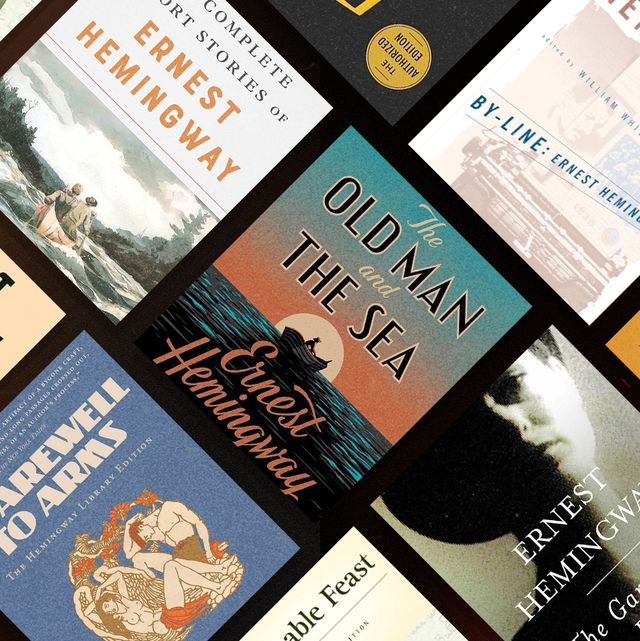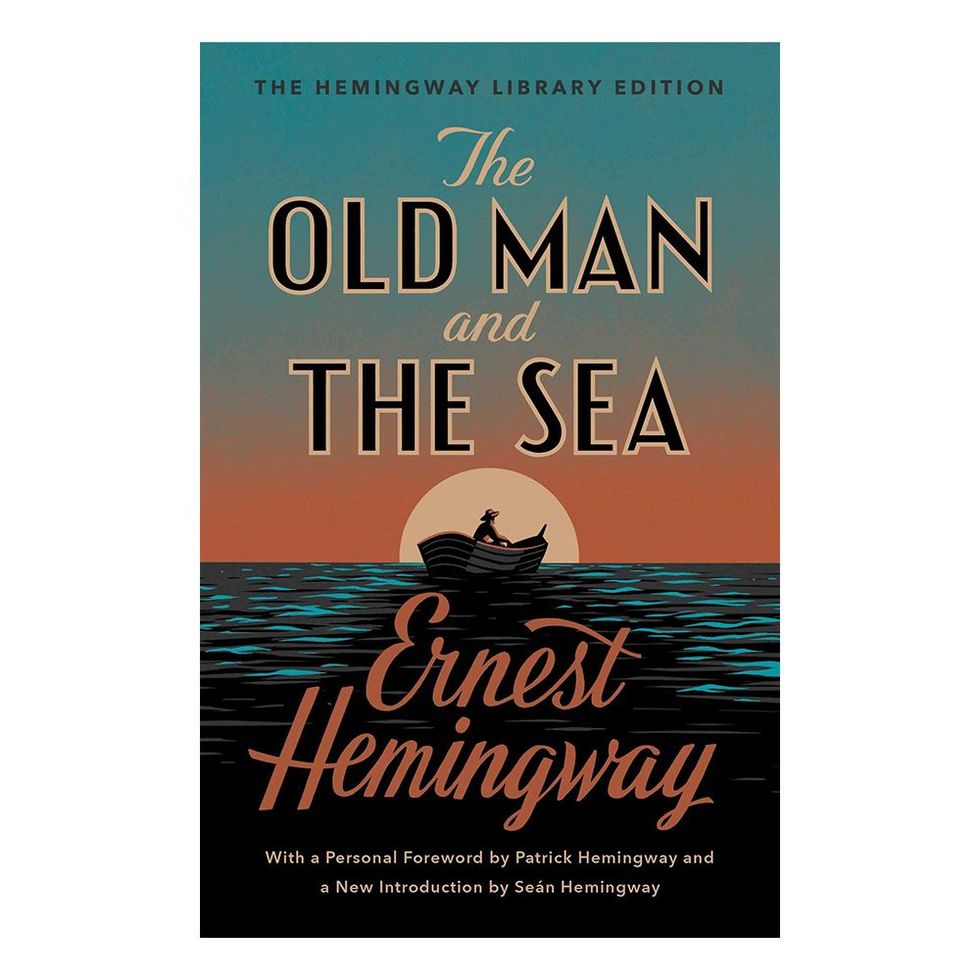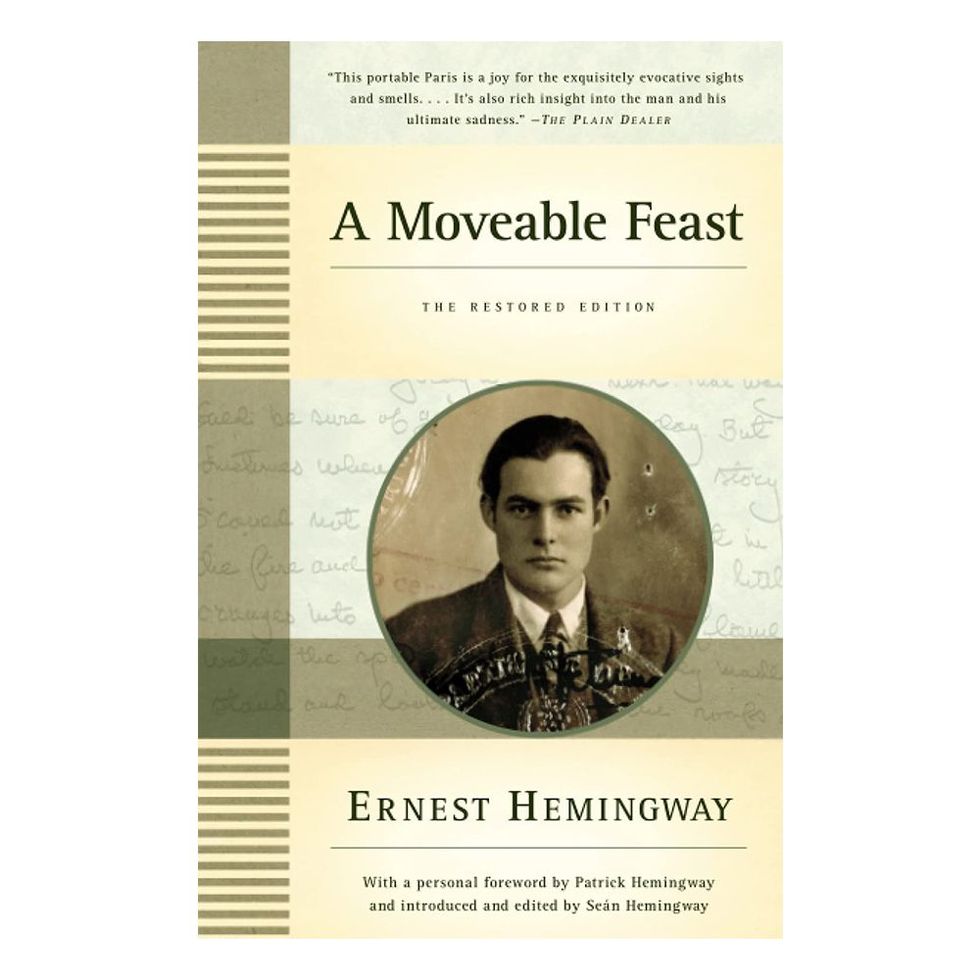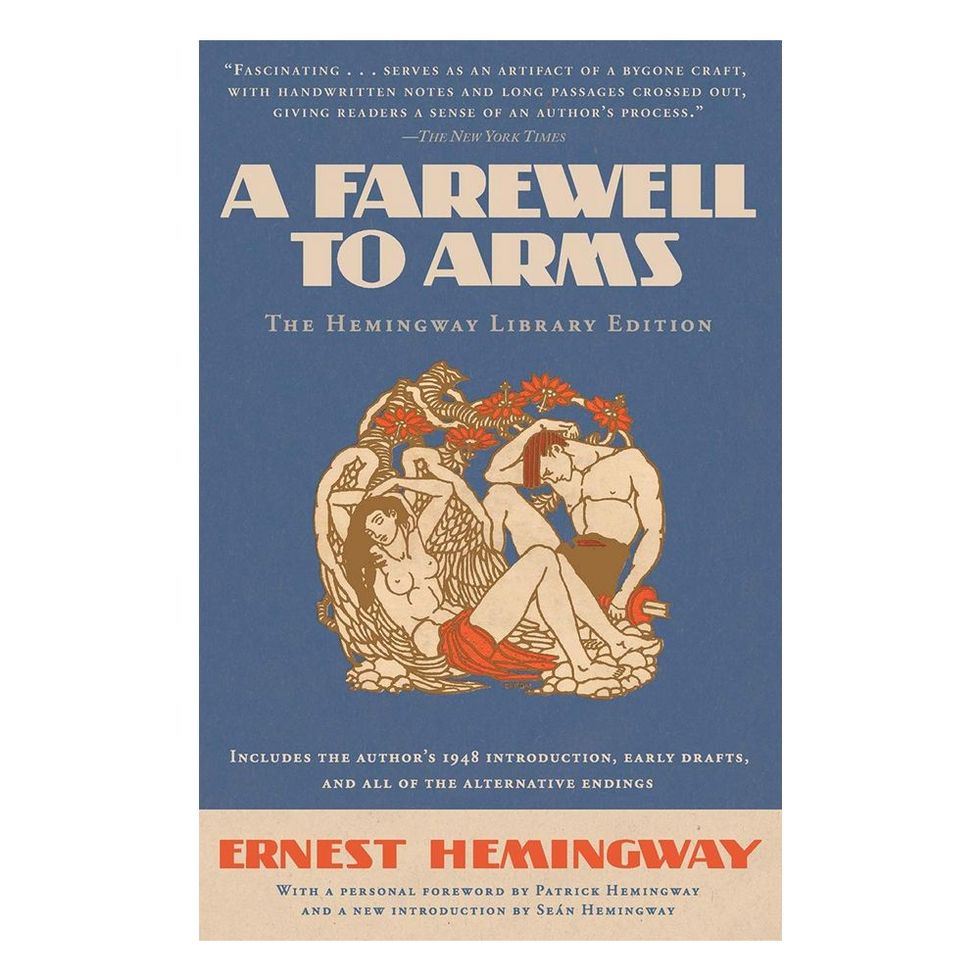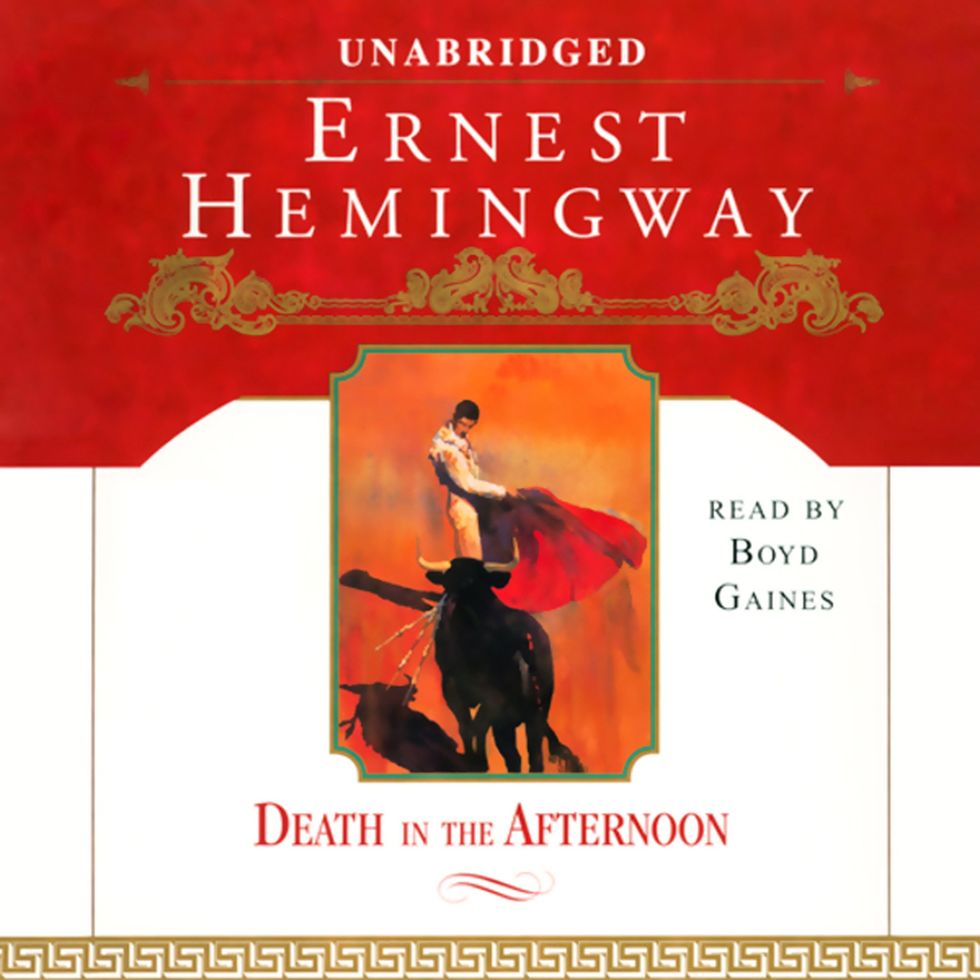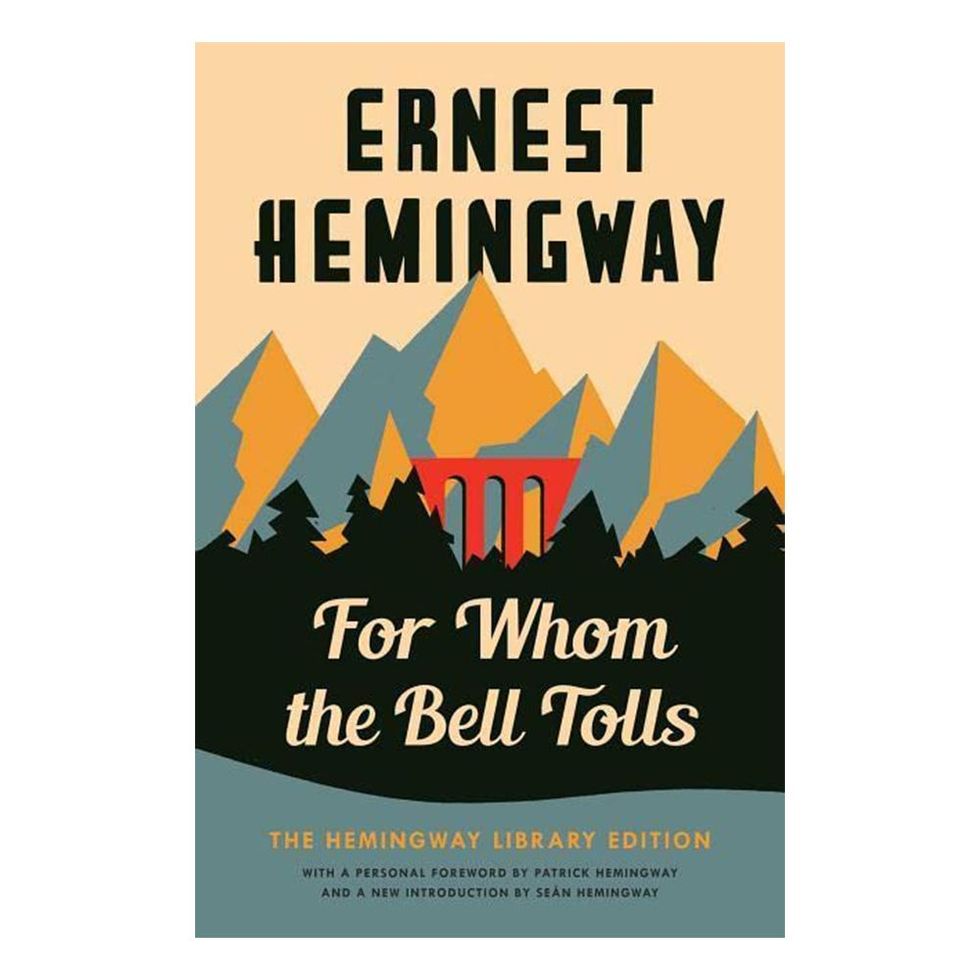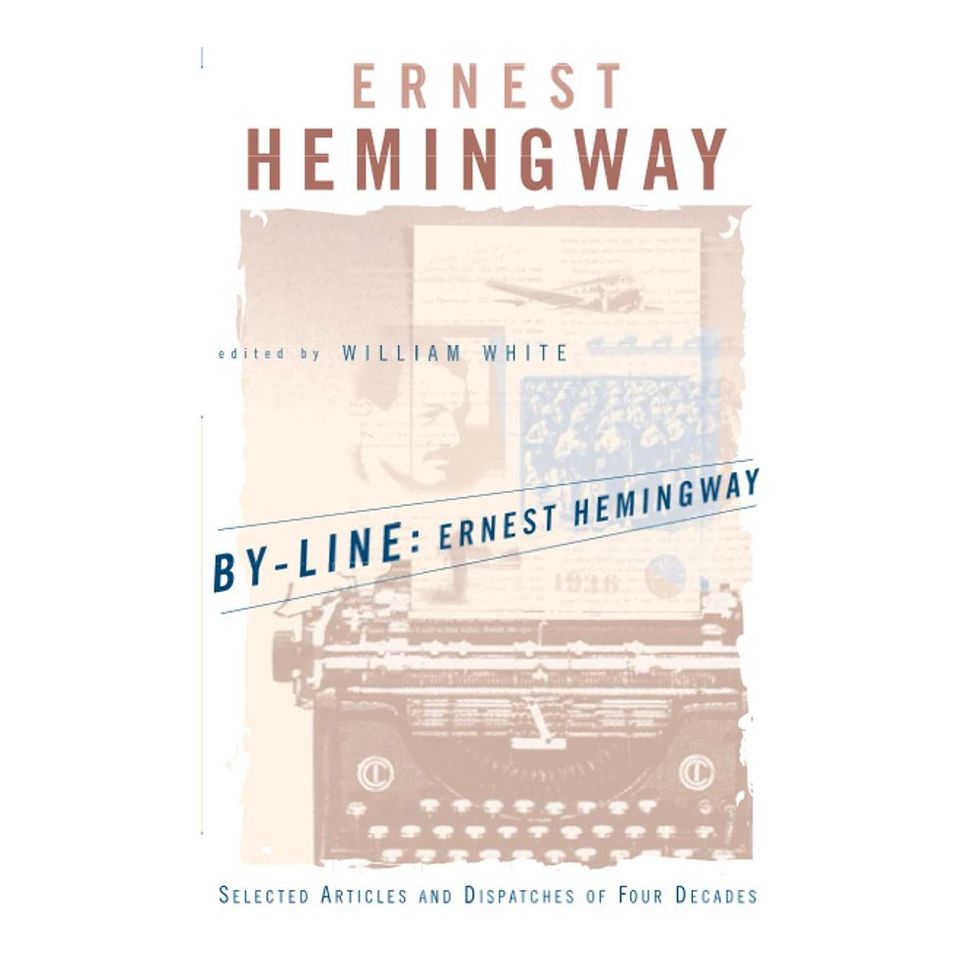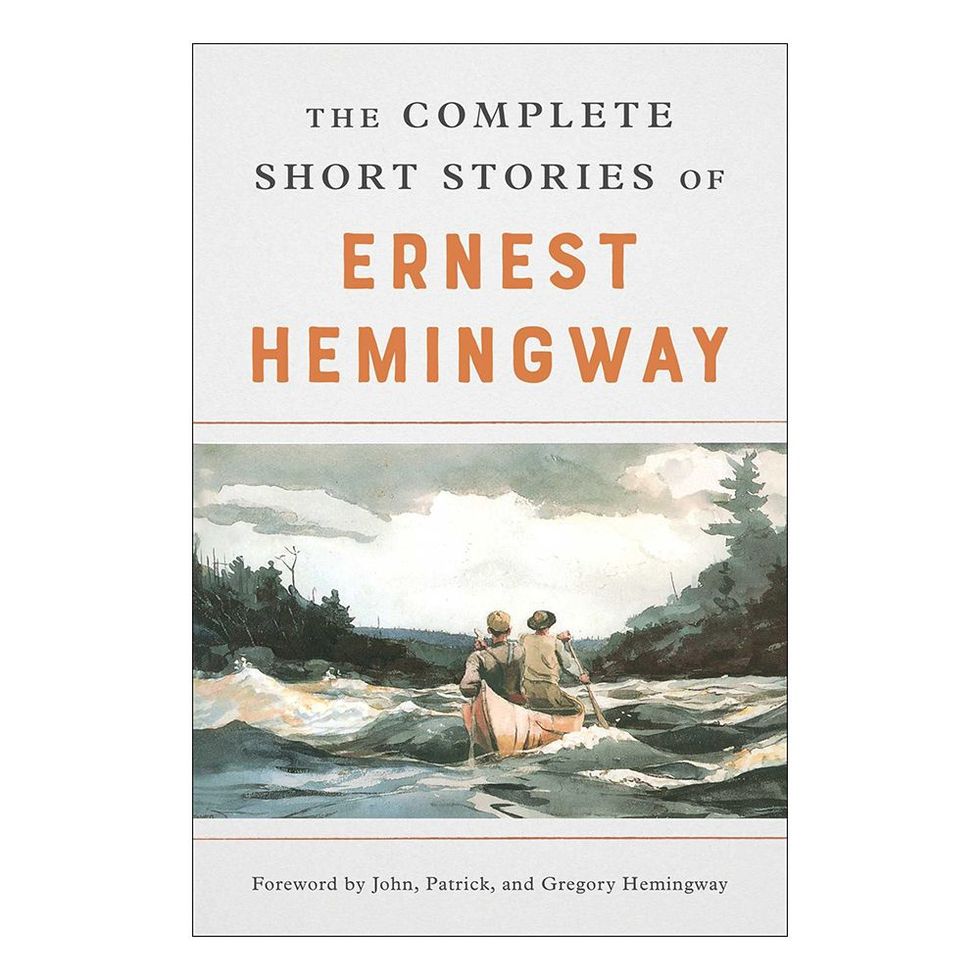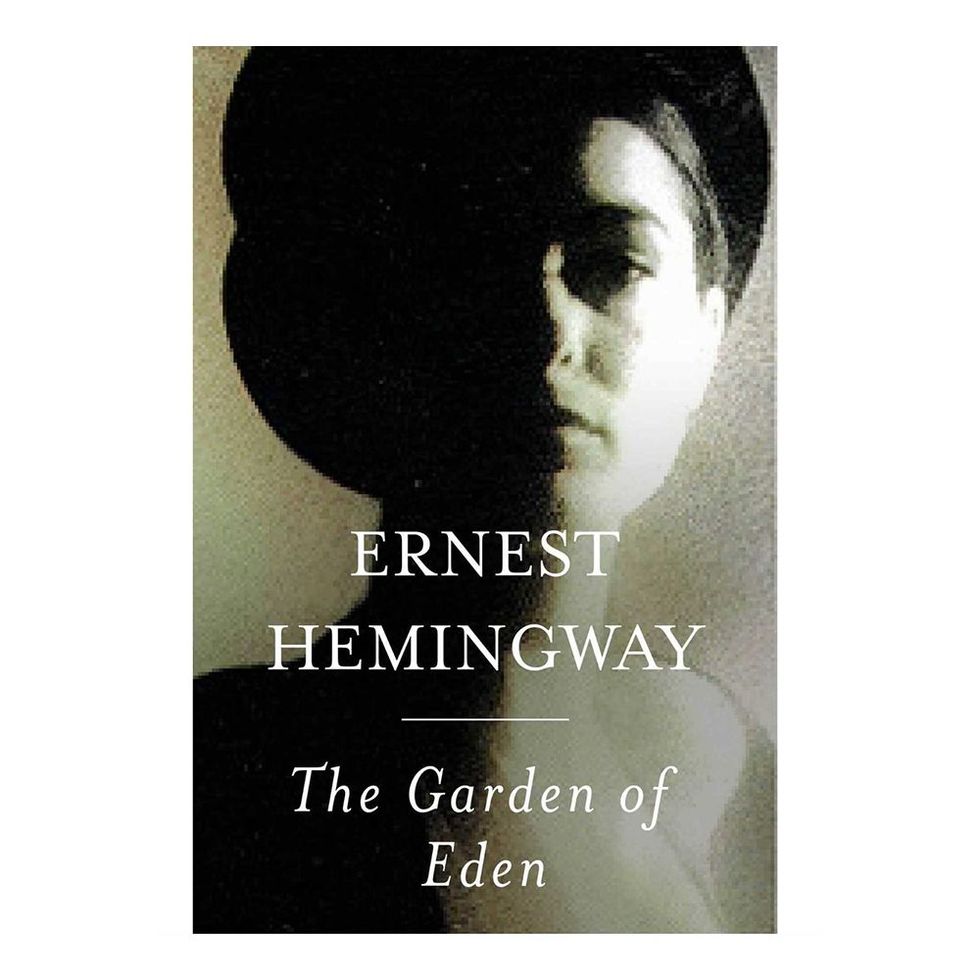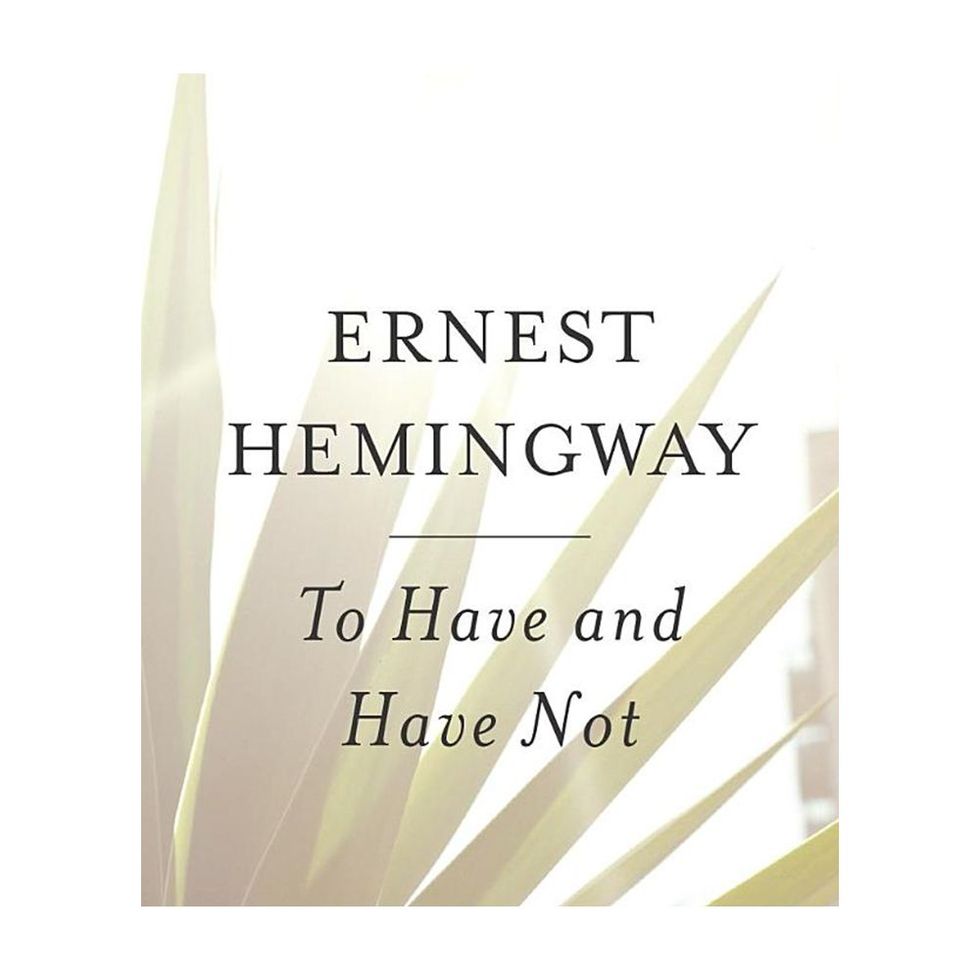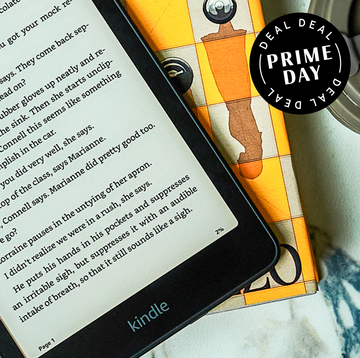1
Best Overall
Scribner The Sun Also Rises by Ernest Hemingway
Published in 1926, Hemingway’s first novel is now widely regarded as his best. Hemingway traveled to the Festival of San Fermín in Pamplona with the intention of producing a non-fiction book about bullfighting. Instead, the trips he made between 1923 and 1925 inspired his first major novel.
Inspired by Hemingway’s band of expatriate friends, the characters grapple with the disillusionment felt by so many members of the “lost generation” against the hot-blooded backdrop of bullfighting.
2
Award-Winning
Scribner The Old Man and the Sea by Ernest Hemingway
This 1952 novella is a classic choice for required reading in high school literature classes for a reason: Hemingway won a Pulitzer and a Nobel for the work. The Old Man and the Sea centers on an aging fisherman who faces an unlucky streak in the waters he knows so intimately. His expertise as a fisherman — and his mettle and determination—are put to the test when he encounters a merlin longer than his boat.
Advertisement - Continue Reading Below
3
Best Memoir
Scribner A Moveable Feast by Ernest Hemingway
While all of Ernest Hemingway’s books borrow liberally from his real-life experiences, this posthumously published memoir directly recounts the author’s time in Paris as a young man. Hemingway based the contents of the book — which features his interactions with figures such as Alice B. Toklas, F. Scott and Zelda Fitzgerald, James Joyce, and Gertrude Stein — on notebooks he recovered and transcribed in the 1950s.
4
A Tragic Tale
Scribner A Farewell to Arms by Ernest Hemingway
In 1958, Hemingway told The Paris Review that he “rewrote the ending to [A] Farewell to Arms, the last page of it, thirty-nine times.” While he left some of the story’s grimmest potential endings on the cutting-room floor, the book still represents Hemingway’s starkest portrayal of World War I — and the disillusionment he and other members of his generation felt in its wake.
Advertisement - Continue Reading Below
5
Best Non-fiction
Audible Death in the Afternoon by Ernest Hemingway
In Death in the Afternoon, Hemingway’s love of bullfighting is a vehicle to explore cowardice, bravery, and the search for meaning. He presents the tradition as more than a sport, introducing readers to “the emotional and spiritual intensity and pure classic beauty that can be produced by a man, an animal, and a piece of scarlet serge draped on a stick."
While it might not be the most well-known Ernest Hemingway book, it’s almost certainly the most famous and respected book about the art of bullfighting.
6
Best War Novel
Scribner For Whom the Bell Tolls by Ernest Hemingway
Inspired by Hemingway’s time spent covering the Spanish Civil War for the North American Newspaper Alliance, For Whom the Bell Tolls follows a young American attached to an antifascist guerilla unit. The book stands out for its detailed, realistic depiction of 20th-century warfare and is often ranked among the best examples of modern war literature.
Advertisement - Continue Reading Below
7
Behind the Scenes
Scribner By-Line by Ernest Hemingway
Today Hemingway is most famous for his works of fiction. But his novels and short stories borrowed heavily from his own experiences as a sportsman, world traveler, and war correspondent. Spanning the years 1920 to 1956, this collection showcases Hemingway's journalistic work for newspapers and magazines around the world and offers a glimpse into the world behind his fiction.
8
Best Short Stories
Scribner The Complete Short Stories of Ernest Hemingway
Why settle for one short story collection when you can have them all? Along with famous short stories such as "The Snows of Kilimanjaro," "Hills Like White Elephants," "The Short Happy Life of Francis Macomber," and "A Clean, Well-Lighted Place," this definitive collection also includes a number of previously unpublished Hemingway pieces.
Advertisement - Continue Reading Below
9
Most Surprising
Scribner The Garden of Eden by Ernest Hemingway
The Garden of Eden marks Hemingway’s second and final posthumously published book. The manuscript, which he began in 1946, remained unfinished upon his death in 1961 and wasn’t published until 1986. While some critics say Hemingway’s editor failed to capture the book Hemingway intended to write, the novel stands out for its surprisingly contemporary themes of androgyny and sexual fluidity.
10
Most Experimental
Scribner To Have and Have Not by Ernest Hemingway
Reading recent reviews of To Have and Have Not, you’ll find plenty of warnings for folks unlikely to care for the 1937 novel — fans of the book’s film adaptations and people seeking happy endings, for starters — but it’s a must-read for any seasoned Hemingway fan.
The fragmented narrative, which follows a man forced into running contraband between Cuba and Key West to save his family from poverty, combines high adventure with subtle emotional depth and occasional humor.
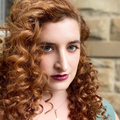
Rachel is a freelance writer, editor and content strategist and host of the hit podcast The Weirdest Thing I Learned This Week. Her first book, "Been There, Done That: A Rousing History of Sex" came out in May 2022. She loves reading about weird history, sharing weird science facts and writing weird ghost stories.
Advertisement - Continue Reading Below
Advertisement - Continue Reading Below
Advertisement - Continue Reading Below
